Emily Williams
A week after the end of MSc1, I moved to Rome for the summer to start a nine-week internship programme at the International Centre for the Study of the Preservation and Restoration of Cultural Property (ICCROM). ICCROM is an intergovernmental organization that promotes the conservation of both movable and immovable heritage through training, research and cooperation.
My role at ICCROM was within the department of Knowledge and Communication, in the photographic archive. The ICCROM archive contains videos, audiotapes, photographic and paper records that date from the creation of ICCROM in 1959 to the present. I was invited to undertake several rehousing projects and assess the condition of a portion of the archive’s photographic collections.
I started my internship by rehousing H.J. Plenderleith’s glass slide collection, placing each slide in individual acid-free paper envelopes. Plenderleith (1898-1997) was ICCROM’s first director general and had previously worked for the British Museum, where he helped address the issues of deterioration on the objects that were stored in the London Underground during the First World War. The glass slides that I re-housed illustrated these artefacts being stored in the London underground. Can you guess which underground station this is?
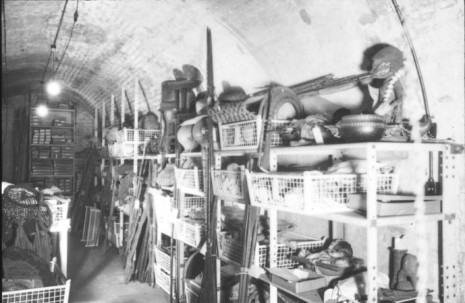
Aldwych Underground Station, by H.J. Plenderleith. Courtesy of ICCROM archives. For more images on the storage conditions of museum objects during the Second World War, check out this article by Simon Lambert at: https://ceroart.revues.org/3765
I then assessed the archive’s photographic collection, and through Plenderleith’s connection to the British Museum I came across many links to the Institute of Archaeology and the former conservation students and its staff, including our professor Dean Sully!
Upon completing the condition survey, I noticed that many of the prints had been covered in pressure sensitive tape, some as old as the 1970’s and others applied more recently. The older tapes showed signs of deterioration despite the archive’s environmental conditions being kept at low temperatures (8oC-10oC) and 45-50% RH. The tape carriers had become heavily discoloured and the adhesive had become tacky, sometimes staining the print itself. As the photographs were stacked together, the adhesive was transferring from the tape to the image side of the prints. I thought it would be a good opportunity to improve the state of the prints by removing the tape, both the already degraded ones and the newer tapes, to prevent future deterioration. Armed with only a scalpel, a pair of tweezers and a Mars Staedler eraser, I was able to remove the tape from the front and the back of the prints, as well as removing the tacky adhesive residue on the prints themselves.
The largest project I undertook while at ICCROM was re-housing and inventorying a slide collection donated by Prof. Jukka Jokilehto, author of A History of Architectural Conservation (1990). The 11,647 slides that needed re-housing were categorized by country and date, and though most of the slides were annotated, a large portion of slides needed identifying. This meant some detective work had to be done. Using a magnifying lens and a light box I searched for indicators like flags, road signs and number plates to help determine the geographic location of the photo as well as the time period in which it was taken (cars and clothes were a great help determining time period!). Spot the small detail in the image below (Fig.7) to determine the location of this photograph:
In the 55 years ICCROM has been operating, the world’s immovable and movable heritage has undergone many changes, much of which has been documented in the photographic records available at the archive. Some of these places have been lost forever, such as the recent attacks on the archaeological site of Palmyra, where images are the only thing we have left of these treasures. Fortunately, despite the many losses and irreversible changes that have taken place over the years, archives like the one at ICCROM continue to record these events. The archive at ICCROM is an incredibly rich source of information that is valuable not only to professionals in conservation and the cultural heritage sector, yet few people know about it and the information it contains. It was an incredible experience that taught me how to organize and document a very large volume of material and showed me the value behind doing so. But most importantly it gave me a chance to contribute to the prolonged preservation of a collection that, although underutilized, is an amazing resource for present and future generations. I encourage you to explore it!
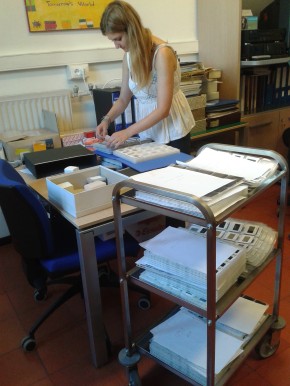
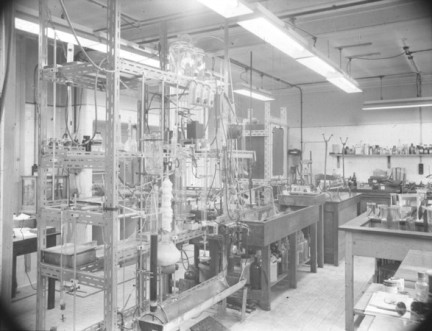
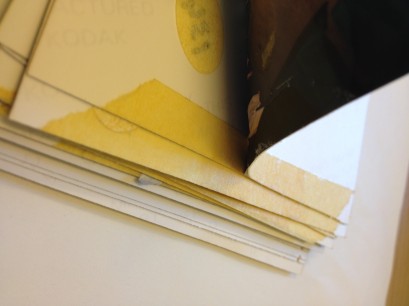
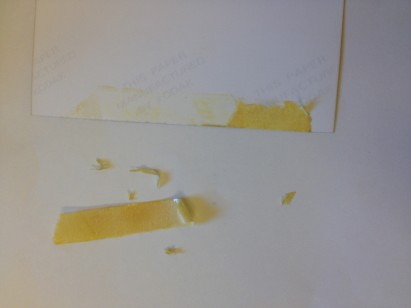
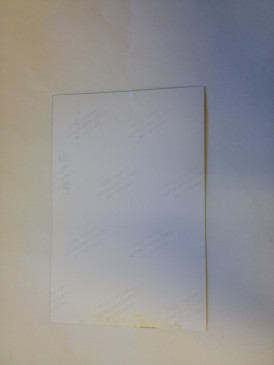

Reblogged this on .kirsi and commented:
One of the crucial tasks for professionals – to preserve our heritage, both written, told and built. I’m really glad for those who are educated in this, their job is important for next coming generations who mostly rely on the digital era. Heritage isn’t any ‘old and mossy’ subject, the history tells a lot about our society today and we can find explanations in the past to happenings up to date. To understand why and who, we need to know our past. Even in the fields of economics and technique it’s many times crucial to know the history. To learn of what has been done before or what mistakes have been done, to develop new thoughts and things – everything depends on how much you know the background
LikeLike